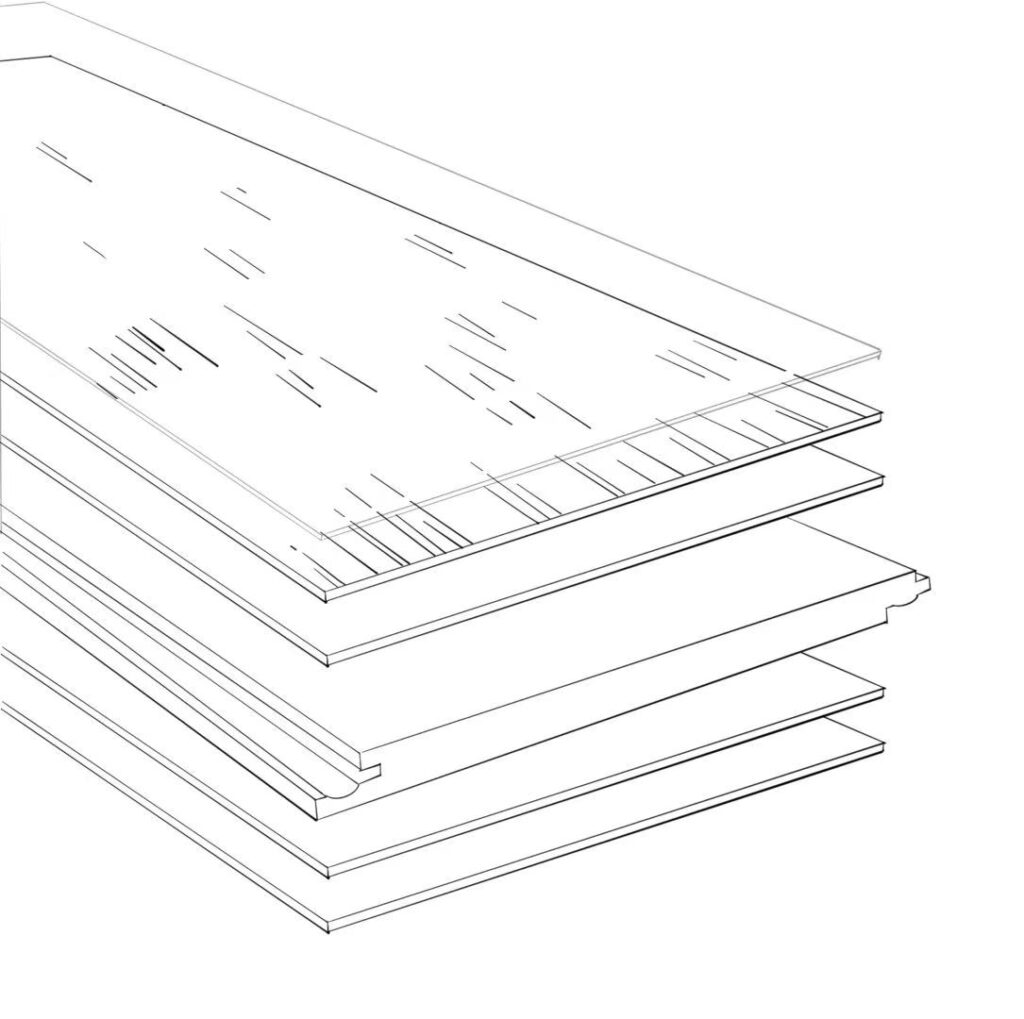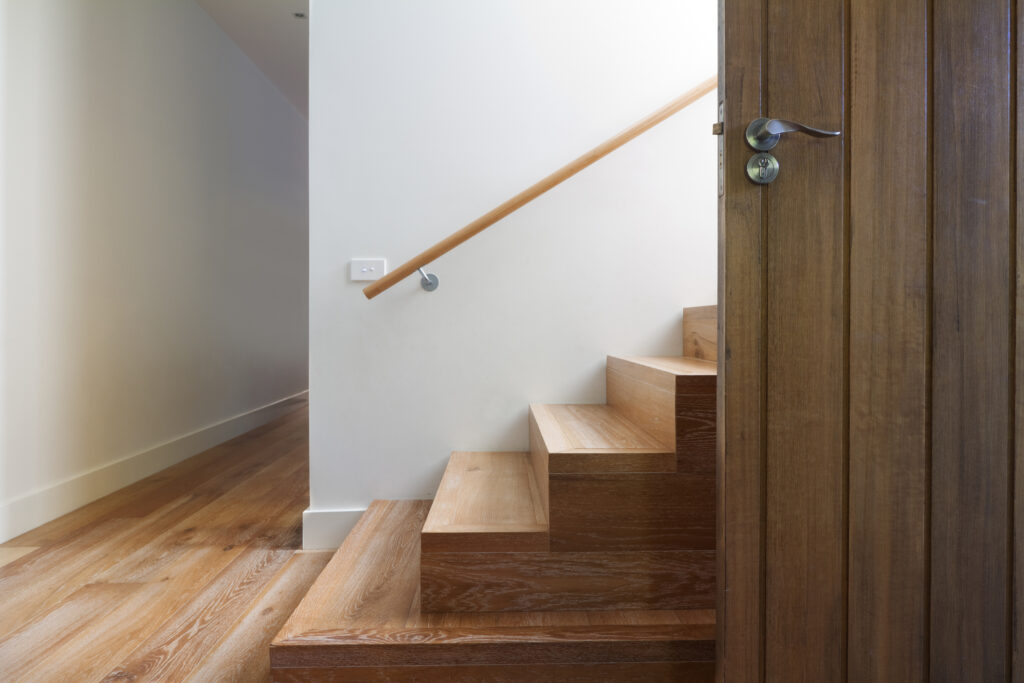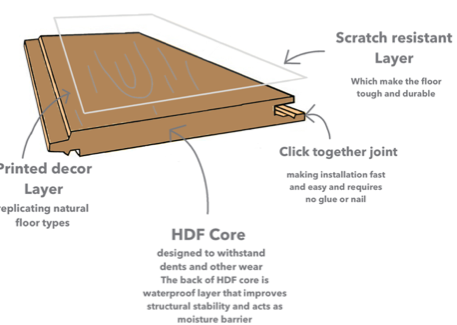Understanding Veneer SPC Flooring
Veneer Stone Polymer Composite (SPC) flooring is an innovative solution that combines natural wood’s aesthetic allure with the structural robustness of SPC. This type of flooring is designed for those who appreciate the classic look of hardwood but require materials that can withstand harsh conditions without compromising on style.
What is Veneer SPC Flooring?
Veneer SPC flooring features a thin layer of real wood veneer attached to a strong SPC core. The SPC core is made from a mixture of limestone and stabilizers, which is then fused with a vinyl layer, providing exceptional water resistance. The top wood veneer gives the floor a natural hardwood appearance, allowing it to fit seamlessly into a variety of interior designs.
Aesthetic Appeal: With real wood veneer, this flooring provides the authentic look and feel of solid wood but with greater environmental stability.
Easy Maintenance: Unlike traditional wood floors, veneer SPC flooring does not require extensive maintenance such as sanding or refinishing. Regular sweeping and occasional mopping are sufficient to keep the floor looking new.
Installation Flexibility: Veneer SPC can be installed over various types of subfloors and is compatible with underfloor heating systems, making it versatile for both new constructions and renovations.
Eco-Friendly Options: Many veneer SPC products use sustainably sourced wood and recyclable materials in the SPC core, appealing to environmentally conscious consumers.
Veneer SPC flooring typically consists of several layers:

Top Layer: A thin slice of real wood veneer provides the classic look of hardwood.
Wear Layer: A transparent wear layer protects the wood veneer from scratches and stains, ensuring longevity.
SPC Core: The dense, rigid core offers dimensional stability, preventing the planks from warping or buckling.
Backing Layer: A foam or cork backing provides additional sound insulation and comfort underfoot.
Installation Techniques
Veneer SPC flooring is designed for ease of installation, with most products featuring a click-lock mechanism that allows the planks to be easily snapped together. This floating installation does not require nails or glue, which simplifies the process and reduces installation time. It’s important for installers to leave appropriate expansion gaps at the edges of the room to accommodate any potential expansion or contraction of the flooring.

Daily Cleaning: Sweep or vacuum to remove dust and dirt.
Deep Cleaning: Use a damp mop with a mild cleaner designed for veneer or SPC floors.
Avoid Harsh Chemicals: Harsh cleaners can damage the wood veneer and wear layer.
Deep Cleaning: Use a damp mop with a mild cleaner designed for veneer or SPC floors.
Avoid Harsh Chemicals: Harsh cleaners can damage the wood veneer and wear layer.
While veneer SPC flooring offers many advantages, there are a few considerations to keep in mind:
Limited Refinishing Options: Unlike solid hardwood, the thin veneer layer cannot be sanded down and refinished multiple times.
Variation in Wood Veneer: As with any natural product, expect variations in color and grain between different batches and even within the same batch.
Temperature Sensitivity: While the SPC core is less prone to expansion and contraction, extreme temperature changes can still affect the wood veneer.
Veneer SPC flooring represents a significant advancement in flooring technology, providing the beauty of hardwood with the resilience of composite materials. Its suitability for a wide range of environments, ease of maintenance, and aesthetic flexibility make it an excellent choice for modern living spaces. Whether you are upgrading a residential home or outfitting a commercial venue, veneer SPC flooring offers a blend of durability, style, and cost-effectiveness that is hard to match.




